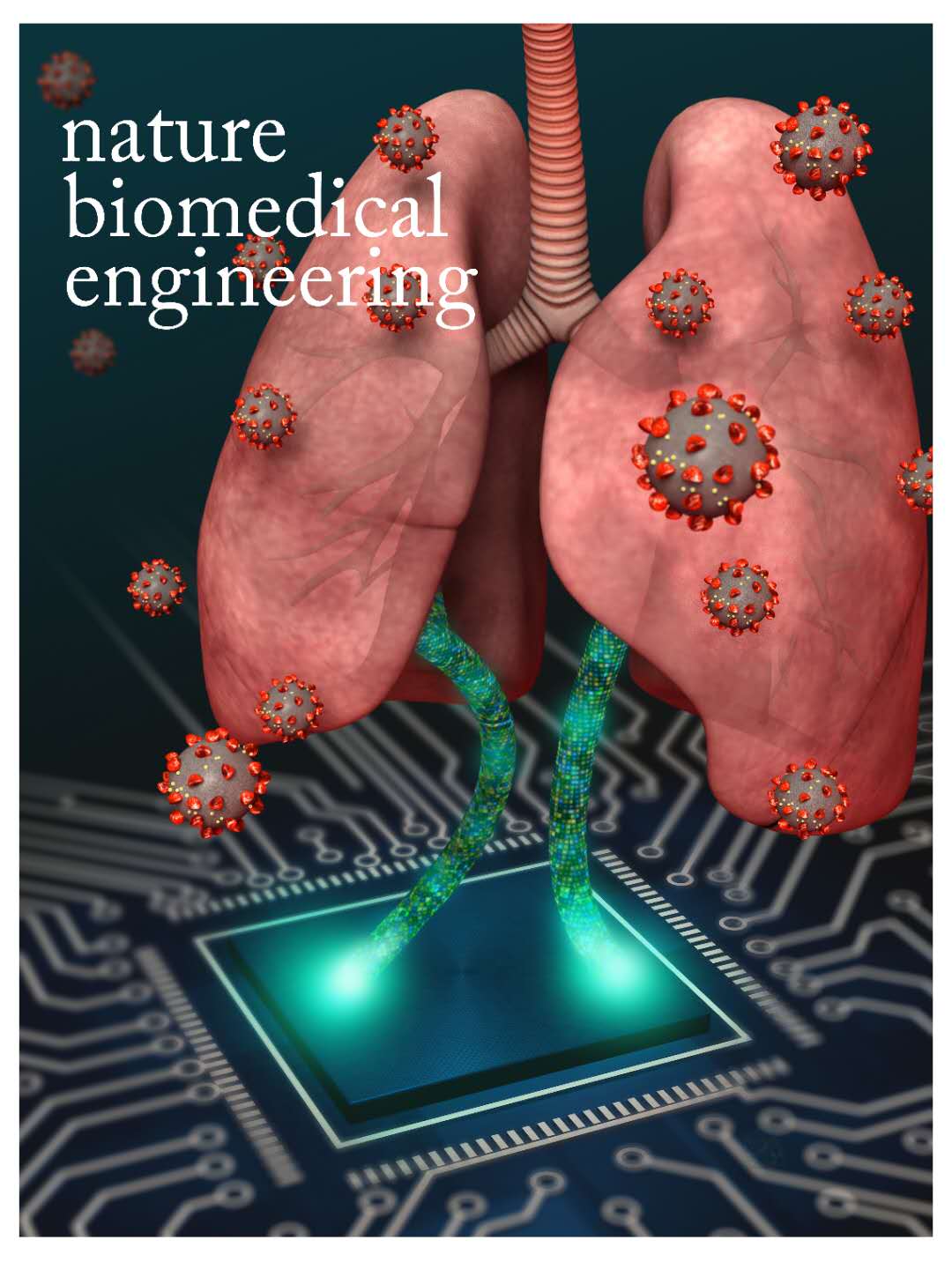In recent years, infectious disease outbreaks caused by viral infections such as
SARS-CoV-2,
MERS,
H7N9,
Zika, and
Monkeypox have occurred frequently, posing a serious threat to human health and societal development. Since the
World Health Organization (WHO) first released the "R&D Blueprint for Action to Prevent Epidemics" in 2015, MERS and Zika have consistently remained on the list, classified as priority pathogens for public health emergency research. Governments around the world have been urged to increase research efforts on these diseases. Since the COVID-19 pandemic began in 2019, over
200 million confirmed infections and more than
4.3 million deaths have been recorded globally, with direct economic losses exceeding trillions of dollars. Before the COVID-19 pandemic could be considered a thing of the past, in July 2022, Monkeypox was declared a "Public Health Emergency of International Concern" by WHO. This project aims to study the clinical phenotypes of major viral infectious diseases and to identify new therapeutic targets, thereby establishing a human viral infectious disease phenotype database.
The
vHPD (
Human
Phenotype
Database for important
viral infectious diseases) database contains basic patient information (including gender, age, and pre-existing conditions) as well as clinical feature (
CF) metrics and
CT imaging, forming a comprehensive resource of clinical, proteomic, and imaging data. By collecting and analyzing a large volume of patient phenotype data, the human major viral infectious disease phenotype database provides in-depth insights into the clinical characteristics of various viruses, including symptoms, disease progression, and transmission routes. Additionally, this database enables real-time monitoring and analysis of epidemic trends and developments, facilitating the early detection of outbreaks and the implementation of preventive measures to effectively contain the spread of the disease. Moreover, by analyzing different patient responses to the same virus, the database can inform personalized treatment strategies, helping scientists and doctors design individualized treatment plans to improve outcomes and survival rates.
Currently, the database includes a total of
16,795 cases:
4,166 cases of healthy control,
7,359 cases of virus infections,
947 cases of bacterial infections,
412 cases of fungal infections,
55 cases of mycoplasma infection, and
3856 cases of patient with unknown disease.



